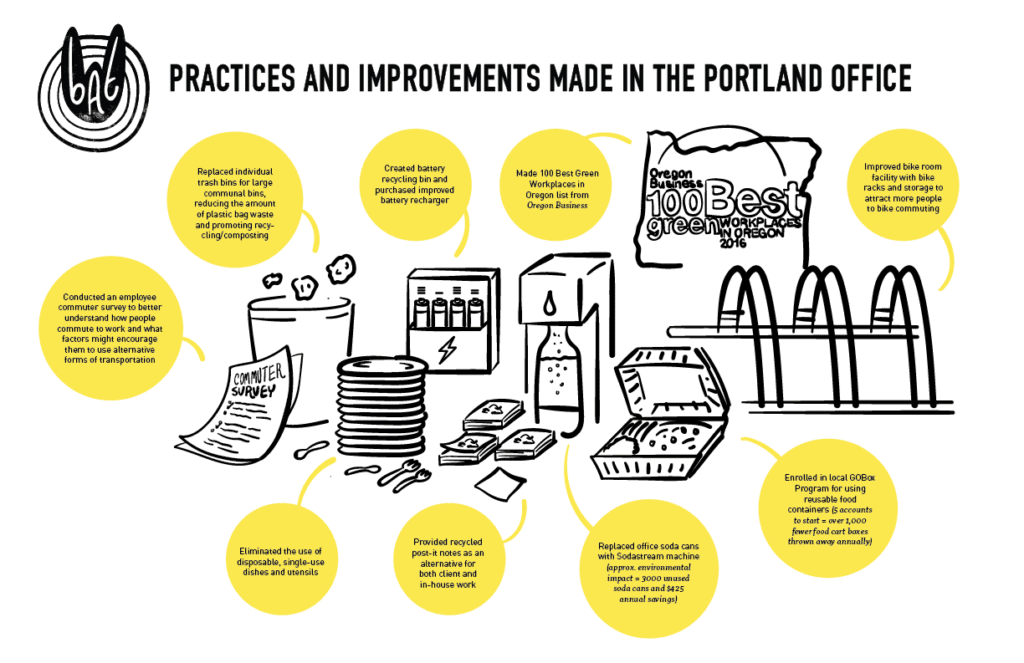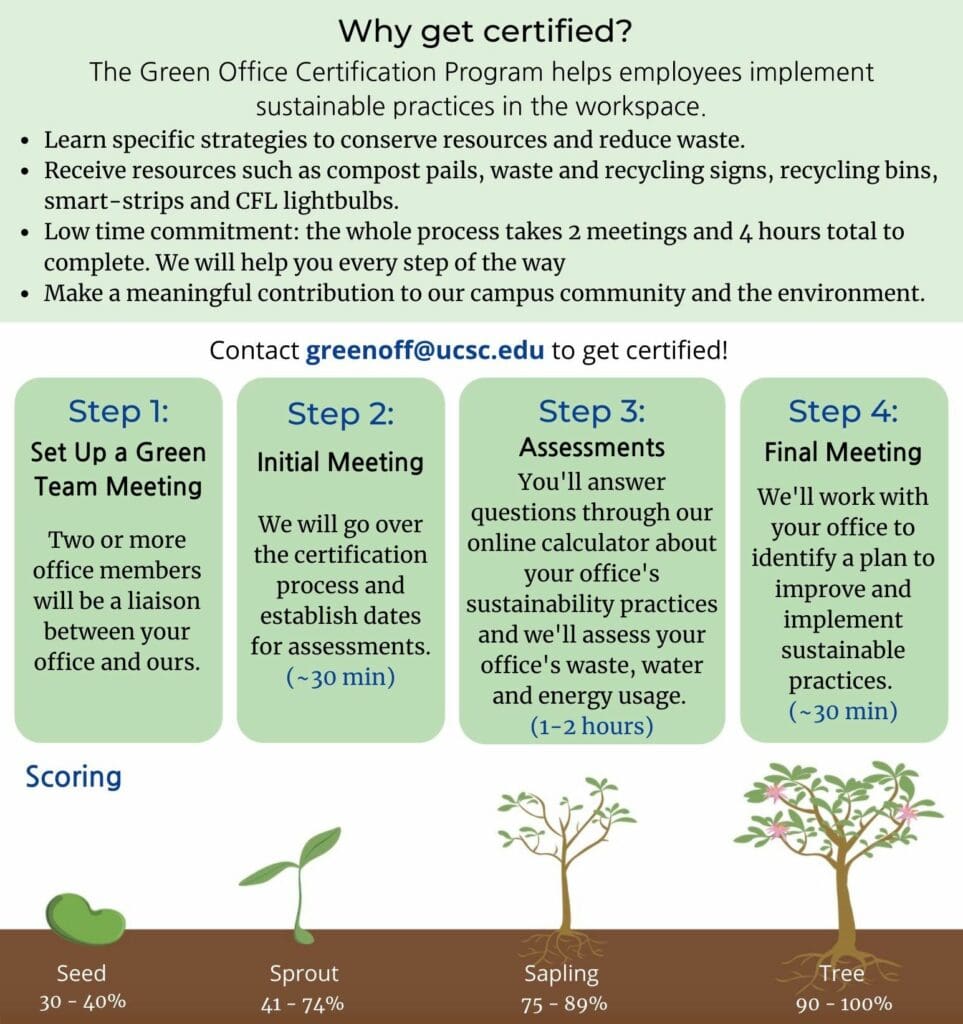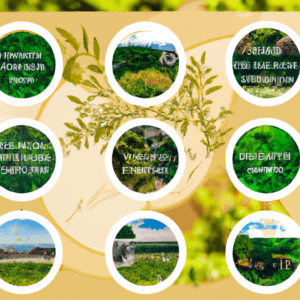Are you passionate about the environment and want to contribute to community initiatives in your local area? Look no further! “Green Teamwork: A Step-by-Step Guide To Joining Local Environmental Projects” is the ultimate resource for individuals like you who are eager to make a difference. This comprehensive guide provides you with valuable insights into various community initiatives and volunteering opportunities, helping you uncover the perfect environmental project that aligns with your interests and values. With step-by-step instructions and practical tips, you’ll be well-equipped to join local environmental projects and become an active agent of change in your community. Get ready to embark on an exciting green journey as we explore the world of environmental activism together!


Researching Local Environmental Projects
Identify the Environmental Issues in Your Community
Before you can get involved in local environmental projects, it’s important to first identify the environmental issues that affect your community. Take some time to research and understand the challenges that your community faces when it comes to the environment. This could be pollution, deforestation, water scarcity, or any other issue that requires attention. By understanding these issues, you will be better equipped to find and contribute to projects that address them.
Search for Existing Environmental Projects in Your Area
Once you have identified the environmental issues in your community, it’s time to look for existing projects that are already working towards solving these problems. You can start by conducting a simple online search or reaching out to local environmental organizations. This will give you an idea of what projects are already in progress and how you can contribute to them. Look for projects that align with your interests and values.
Explore Sustainable Development Initiatives
In addition to looking for specific environmental projects, it’s also worth exploring sustainable development initiatives in your community. These initiatives often focus on long-term solutions that balance economic, social, and environmental aspects. They may involve urban planning, renewable energy, waste management, or other areas that contribute to a sustainable future. By exploring these initiatives, you can find unique opportunities to contribute and make a difference in your community.
Connecting with Local Environmental Organizations
Find and Research Local Environmental Organizations
Local environmental organizations play a crucial role in driving change and addressing environmental issues. Take some time to find and research these organizations in your area. They may focus on specific issues or have a broader environmental agenda. Look for their mission, goals, and ongoing projects. Understanding their work will help you identify the organizations that align with your interests and values.
Attend Environmental Networking Events
Networking events specifically focused on environmental issues can provide valuable opportunities to connect with local environmental organizations and like-minded individuals. These events often feature presentations, panel discussions, and workshops that allow you to learn from experts and engage in conversations about the environment. By attending these events, you can build connections with individuals who share your passion for the environment and learn about new projects and initiatives in your community.
Reach out to Local Environmental Organizations
Once you have identified the organizations that you are interested in, don’t hesitate to reach out and express your interest in getting involved. Many organizations have volunteer programs or specific projects that require assistance. Send an email or give them a call to inquire about any available opportunities. Remember to highlight your skills, interests, and availability when reaching out. This will help the organization understand how you can contribute effectively to their projects.
Assessing Your Skills and Interests
Identify Your Relevant Skills
Before joining a local environmental project, it’s important to identify the skills that you can bring to the table. These skills could be technical, such as knowledge in renewable energy or environmental policy, or they could be more general, such as project management or communication skills. Understanding your own skills will help you find projects where you can contribute effectively and make the most impact.
Determine Your Interests and Passions
Passion is a powerful motivator when it comes to environmental projects. Think about the specific areas of environmental work that ignite your passion and interest. It could be anything from wildlife conservation to sustainable agriculture or environmental education. By focusing on projects that align with your interests, you are more likely to stay engaged and make a meaningful contribution.
Consider How Much Time You Can Commit
Joining a local environmental project requires a certain level of commitment. Consider how much time you can dedicate to the project on a regular basis. Some projects may require a few hours per week, while others may require more extensive involvement. Be honest with yourself about your availability and find projects that match your time commitment. This will ensure that you can contribute effectively without feeling overwhelmed.
Understanding the Project Objectives
Learn about the Environmental Project’s Goals
Once you have found a project that you are interested in, take the time to thoroughly understand its goals and objectives. This will help you align your efforts with the project’s overall vision and ensure that you are working towards the same outcomes. Read project documentation, attend orientation sessions, and communicate with project leaders to gain a clear understanding of what the project aims to achieve.
Understand the Scope and Timeline of the Project
In addition to knowing the goals, it’s important to understand the scope and timeline of the project. This includes knowing the specific tasks and activities involved, as well as the projected timeline for completion. By understanding the scope and timeline, you can manage your expectations and plan your involvement accordingly. It will also give you a sense of how your contribution fits into the larger picture.
Evaluate the Project’s Impact
Before fully committing to a project, it’s important to evaluate its potential impact. Consider the expected outcomes and whether they align with your own personal goals and values. Research the project’s previous successes and challenges, if available, to gauge its track record in making a difference. Understanding the project’s impact will help you determine whether it’s the right fit for you and whether it aligns with your desire to create meaningful change.


Joining a Green Team
Find Green Teams in Your Area
Green teams, also known as environmental or sustainability teams, are groups of individuals who come together to work on environmental projects and initiatives. These teams can be found in schools, businesses, or local communities. Conduct some research to find green teams in your area. Reach out to local schools, businesses, or environmental organizations to inquire about any existing teams or initiatives.
Contact the Team Leader or Coordinator
Once you have identified a green team that you are interested in joining, reach out to the team leader or coordinator. Introduce yourself, express your interest in joining the team, and inquire about any available opportunities. The team leader or coordinator will be able to provide you with more information about the team’s activities, upcoming projects, and how you can get involved.
Express Your Interest in Joining
When reaching out to the team leader or coordinator, make sure to clearly express your interest in joining the green team. Highlight your skills, interests, and availability to demonstrate how you can contribute effectively. Be enthusiastic and show your dedication to making a positive impact on the environment. This will help the team leader or coordinator understand your commitment and potentially offer you a position within the team.
Preparing for Project Participation
Attend Orientation Sessions
Before actively participating in a project, it’s important to attend any orientation sessions or meetings organized by the project team. These sessions provide important information about the project’s goals, objectives, and expectations. They may also cover safety guidelines, project protocols, and specific training requirements. Attending orientation sessions will ensure that you are well-prepared and understand your role within the project.
Complete any Required Training
Some environmental projects may require specific training or certifications to ensure the safety and effectiveness of the work being done. If the project you are joining has any training requirements, make sure to complete them before fully participating. This could include training on equipment handling, first aid, or any other specialized skills relevant to the project. Completing the required training will enhance your ability to contribute and ensure a safe working environment for everyone involved.
Review Safety Guidelines
Safety is paramount when it comes to environmental projects. Review the safety guidelines provided by the project team and ensure that you understand and adhere to them at all times. This could include guidelines for working with hazardous materials, operating machinery, or working in specific environments. By following these guidelines, you can protect yourself and others while making a positive impact on the environment.
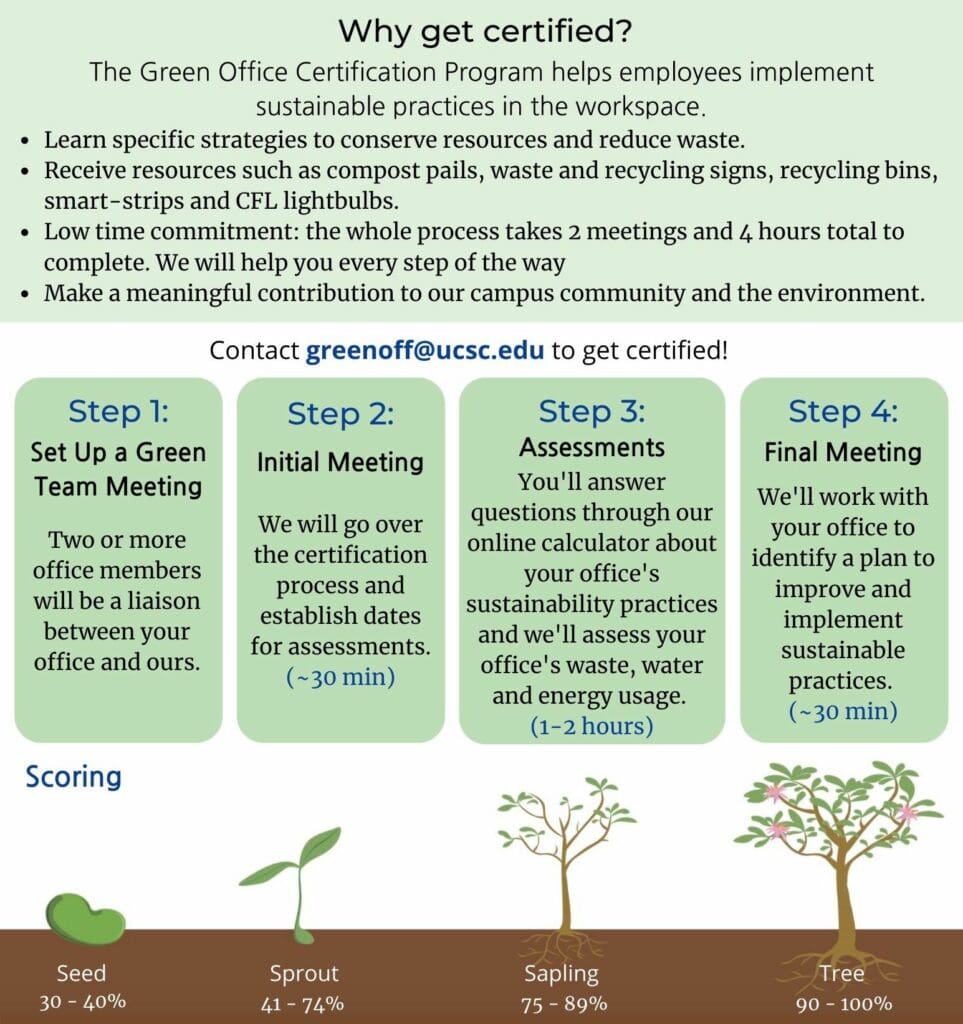

Contributing to the Project
Engage in Hands-on Activities
One of the most rewarding aspects of joining a local environmental project is the opportunity to engage in hands-on activities that directly contribute to the project’s objectives. Whether it’s planting trees, conducting wildlife surveys, or implementing waste reduction strategies, actively participating in these activities allows you to see the tangible impact of your work and make a difference in your community.
Collaborate with other Team Members
Environmental projects are often collaborative efforts that require teamwork and cooperation. Embrace the opportunity to collaborate with other team members, share ideas, and learn from each other’s experiences. By working together, you can leverage the strengths and skills of each team member to achieve the project’s objectives more effectively. Collaboration fosters creativity and innovation, leading to more impactful outcomes.
Follow Instructions and Guidelines
To ensure the success of the project, it’s important to follow the instructions and guidelines provided by the project team. This includes understanding and executing assigned tasks, operating equipment safely, and adhering to project protocols. By following instructions and guidelines, you contribute to a smoothly running project and foster a positive working environment for everyone involved.
Monitoring and Evaluating the Project
Track Progress and Implementation
Monitoring the progress and implementation of the project is crucial to its success. Regularly track and document the activities and milestones achieved. This will help the project team and stakeholders assess the effectiveness of the project and make necessary adjustments along the way. By monitoring the progress, you contribute to the project’s overall evaluation and continuous improvement.
Collect and Analyze Data
Data collection and analysis are important components of project evaluation. Work with the project team to collect relevant data that will provide insights into the project’s impact. This could include data on environmental indicators, community engagement, or any other metrics that align with the project’s objectives. Analyzing the data will help assess the project’s effectiveness and identify areas for improvement.
Evaluate the Project’s Success
Once the project is completed or reaches a significant milestone, it’s important to evaluate its overall success. This evaluation should consider the project’s impact on the environment, the community, and any other relevant stakeholders. Reflect on the project’s achievements, challenges faced, and lessons learned. Evaluating the project’s success will help generate insights for future projects and ensure continuous improvement in environmental initiatives.
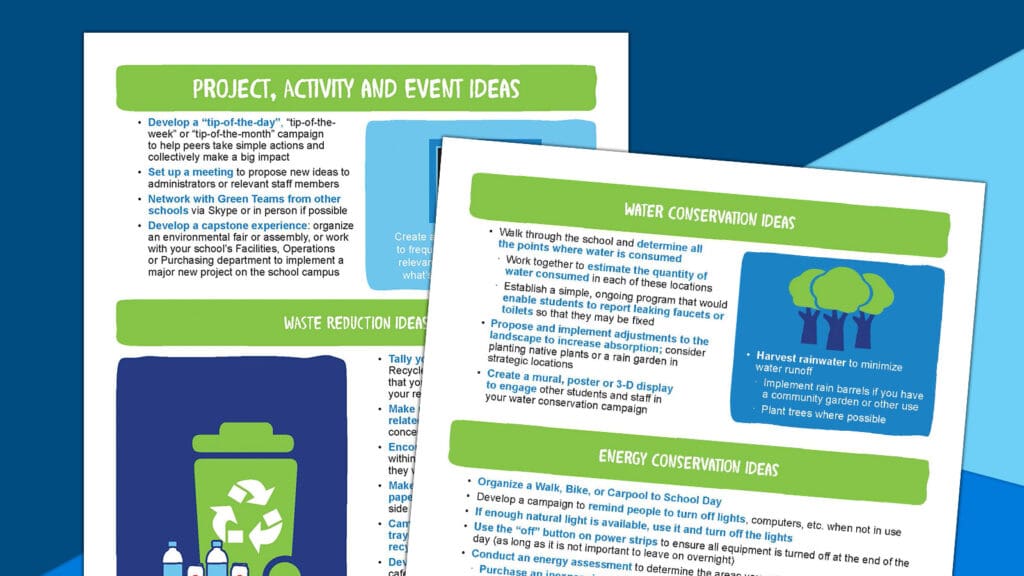

Networking and Building Relationships
Connect with Other Volunteers and Team Members
During your involvement in a local environmental project, take the opportunity to connect and build relationships with other volunteers and team members. These connections can provide support, inspiration, and networking opportunities. Engage in conversations, share experiences, and learn from each other’s perspectives. Building relationships within the project team fosters a sense of community and enhances the overall experience.
Participate in Regular Team Meetings
Regular team meetings are important for effective communication and coordination within the project. Actively participate in these meetings to stay updated on project progress, discuss challenges, and share ideas. Team meetings provide a platform for collaboration and allow everyone to contribute to decision-making processes. By actively participating, you contribute to a cohesive and successful team effort.
Stay Engaged with the Green Team
Even after the project is completed, it’s important to stay engaged with the green team or environmental organization you were a part of. Attend follow-up meetings, events, or activities organized by the team. This ongoing engagement allows you to continue learning, contribute to future projects, and maintain the relationships you have built. By staying engaged, you can stay connected to the environmental community and make a lasting impact.
Continuing Environmental Advocacy
Stay Updated on Environmental Issues
Environmental challenges evolve over time, and it’s important to stay updated on the latest issues and developments in the field. Continuously educate yourself by reading books, articles, and attending relevant events or conferences. Subscribe to environmental newsletters or follow reputable organizations on social media to receive regular updates. By staying informed, you can effectively advocate for environmental causes and contribute to future projects.
Educate and Inspire Others
Share your knowledge and passion by educating and inspiring others to take action for the environment. Organize informational sessions, give presentations, or simply have conversations with friends, family, and colleagues. By raising awareness and sharing your experiences, you can motivate others to join environmental projects and make a difference in their own communities.
Engage in Additional Green Projects
Once you have gained experience and confidence through your participation in local environmental projects, consider engaging in additional green projects. This could involve starting your own initiatives, joining national or international campaigns, or exploring new areas of environmental work. By expanding your engagement, you contribute to a wider range of environmental causes and have the opportunity to create even greater impact.
Joining local environmental projects is a fantastic way to make a positive impact on your community and the environment. By following these steps, conducting thorough research, connecting with local organizations, assessing your skills and interests, understanding project objectives, actively participating, and continuing your environmental advocacy efforts, you can truly become a champion for the environment. Get started today and be a part of the change you want to see in the world.
